Olafur Eliasson saturates Palazzo Strozzi in VR, illusion and Renaissance rationality
In ‘Nel Tuo Tempo’, a major show at Florence’s Palazzo Strozzi, Olafur Eliasson bends perceptions of Renaissance architecture through dazzling site-specific installations
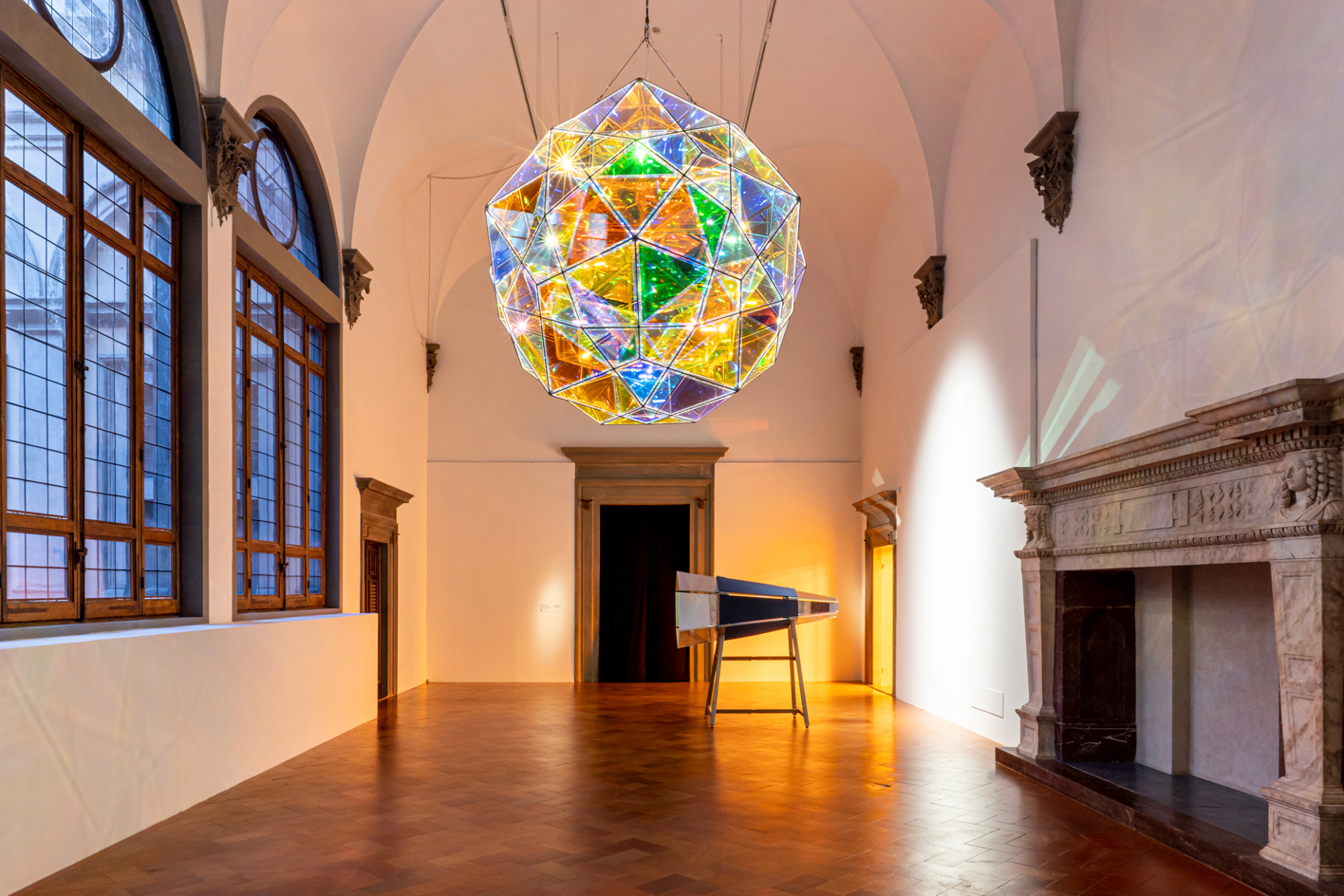
In 1466, when Filippo Strozzi was allowed to return to Florence following his banishment by the rival Medici family, he set out to build the city’s grandest palazzo as an act of status and power.
Palazzo Strozzi sits like a lump of solid geology in the centre of Florence. With walls formed of oversized rusticated stone blocks, it has the feel of a fortress: thick, defensive, with a grid of double windows wrapping its four sides.
Since 2006 it’s been home to Fondazione Palazzo Strozzi, which has staged exhibitions by leading contemporary artists with an occasional classical superstar thrown in; comfortably hosting Carsten Höller’s slides and Jeff Koons’ dazzling orbs, as well as Donatello’s sculptures. In his new show, ‘Nel Tuo Tempo’, Olafur Eliasson has become the latest to fill the Renaissance rooms, in his words ‘with nothing but ephemera – water, temperature, light’.
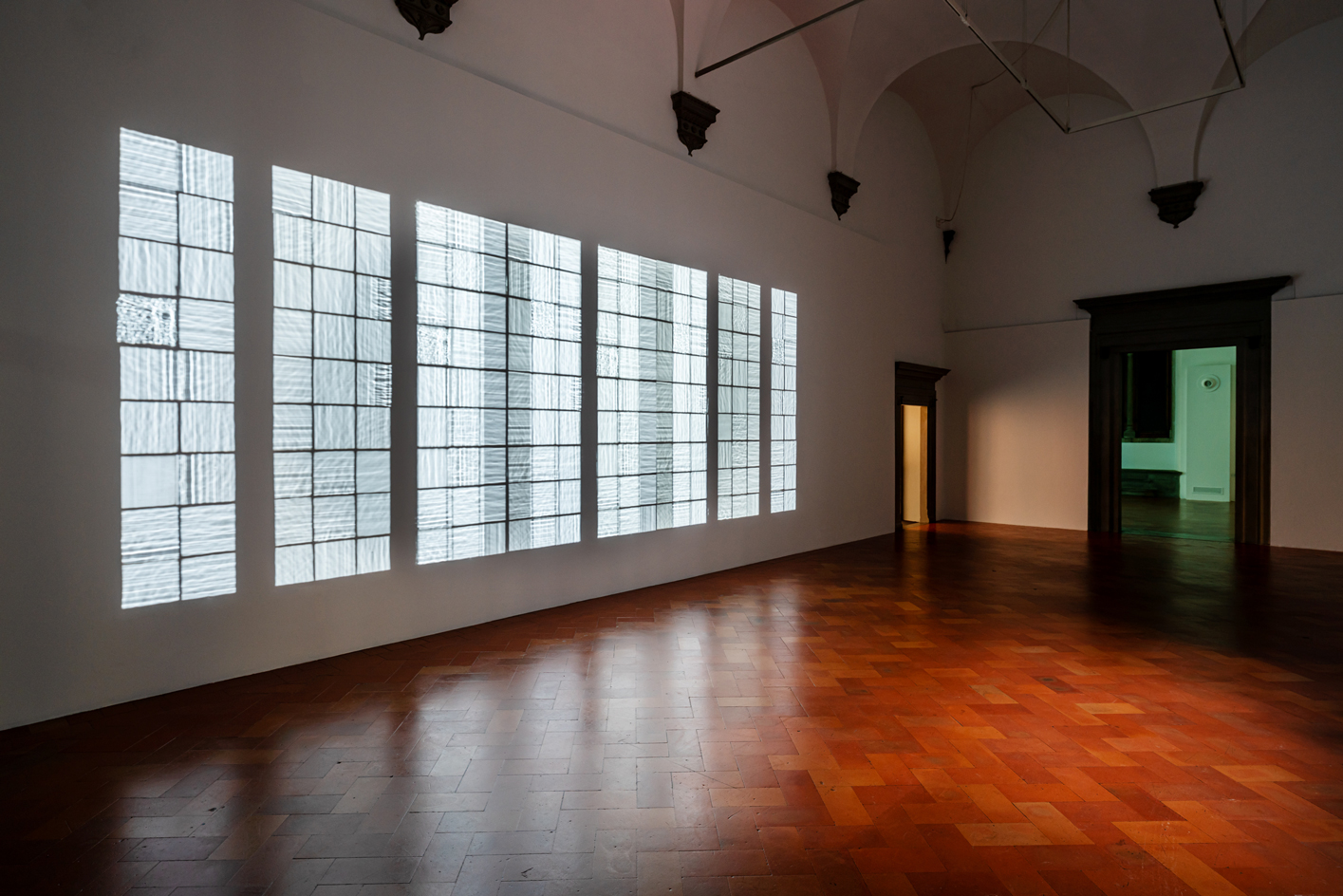
Installation view of Triple Seeing Survey by Olafur Eliasson at Palazzo Strozzi.
‘Usually, an exhibition is a survey or just new work, but this is both,’ the Icelandic-Danish artist tells Wallpaper*, and with curator Arturo Galansino, Eliasson and his studio have composed an exhibition of new site-specific works alongside a selection from three decades of creative experimentation with light, technology, and experience. That last component, experience, has remained central to Eliasson’s work, but here it’s emphasised – ‘I think an experience is not something that happens to us… but experiencing is something we do.’
The first three rooms feature new site-responsive works, ideas so rooted in the palazzo’s architecture that it is hard to imagine how they could ever be exhibited elsewhere. Eliasson focuses on the palazzo’s windows, which puncture those thick, defensive façades, to open conversation between internal spaces and the civic realm beyond. Spotlights with colour filters affixed to a neighbouring building shine across the street and through a palazzo window, casting a triplicate upon a screen inside and turning the transparent window into a repeating vapourwave sunset. Another installation projects through a window from inside to out, bouncing off a mirror beyond and back into the palazzo, reverberating the colours into a shimmer of yellow and blue.
The largest of these window works is monochrome. Spotlighted from the palazzo’s courtyard, it duplicates a gridded window onto the gallery wall. In this ghostly repetition, Eliasson makes visible the glass’s impurities, dust, and centuries of patina – ‘When looking, we forget that the window is editing what is outside, the window is a lens … and lenses are part of the reality, we do not see an objective truth,’ he says.
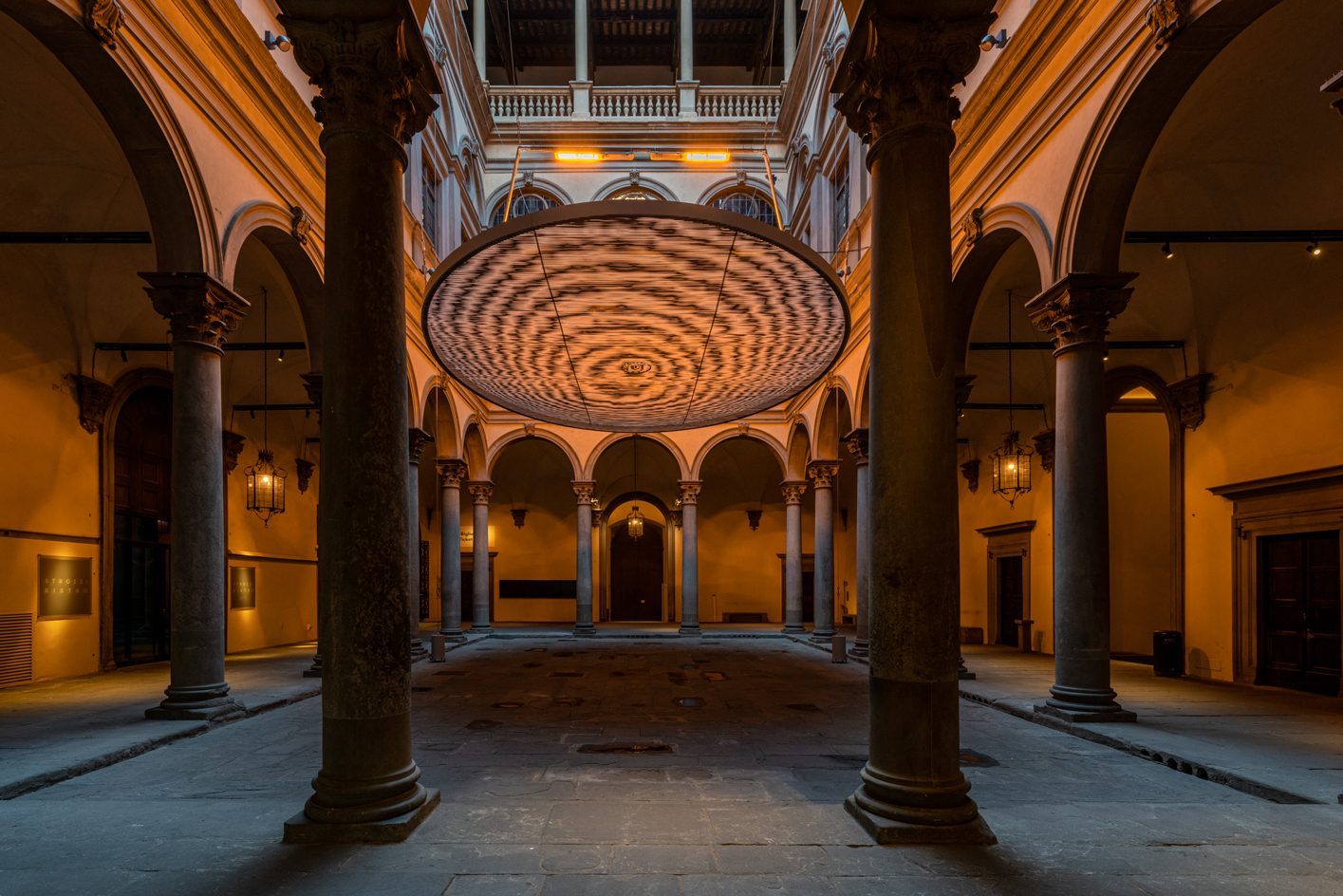
Installation view of Under the weather by Olafur Eliasson in the courtyard of Palazzo Strozzi.
The central courtyard itself is a semi-public space for the city, open from the street for passersby to wander into. It’s here that visitors this autumn will encounter an Eliasson intervention, a vast, suspended elliptical form with a disrupting moiré pattern formed from its two layers. Walking into the courtyard and under it, the interference ripples, while within the rational geometry and symmetry of the courtyard the sculpture appears to shapeshift, becoming a circle and then stretching back to an ellipse.
Receive our daily digest of inspiration, escapism and design stories from around the world direct to your inbox.
Other rooms feature various Eliasson works which he selected to speak to the underlining themes of translucency, thresholds, and objectivity. Beauty (1993) comprises a wall of mist, the angled light refracting in the droplets to form a rainbow curtain that can be walked through. With a mirrored ceiling and semicircular arc dropping to the floor, How do we live together? (2019) erupts the space, disorientating the visitor who, looking up, sees themselves and a perfect sphere – a Renaissance rationality through deceit and illusion.
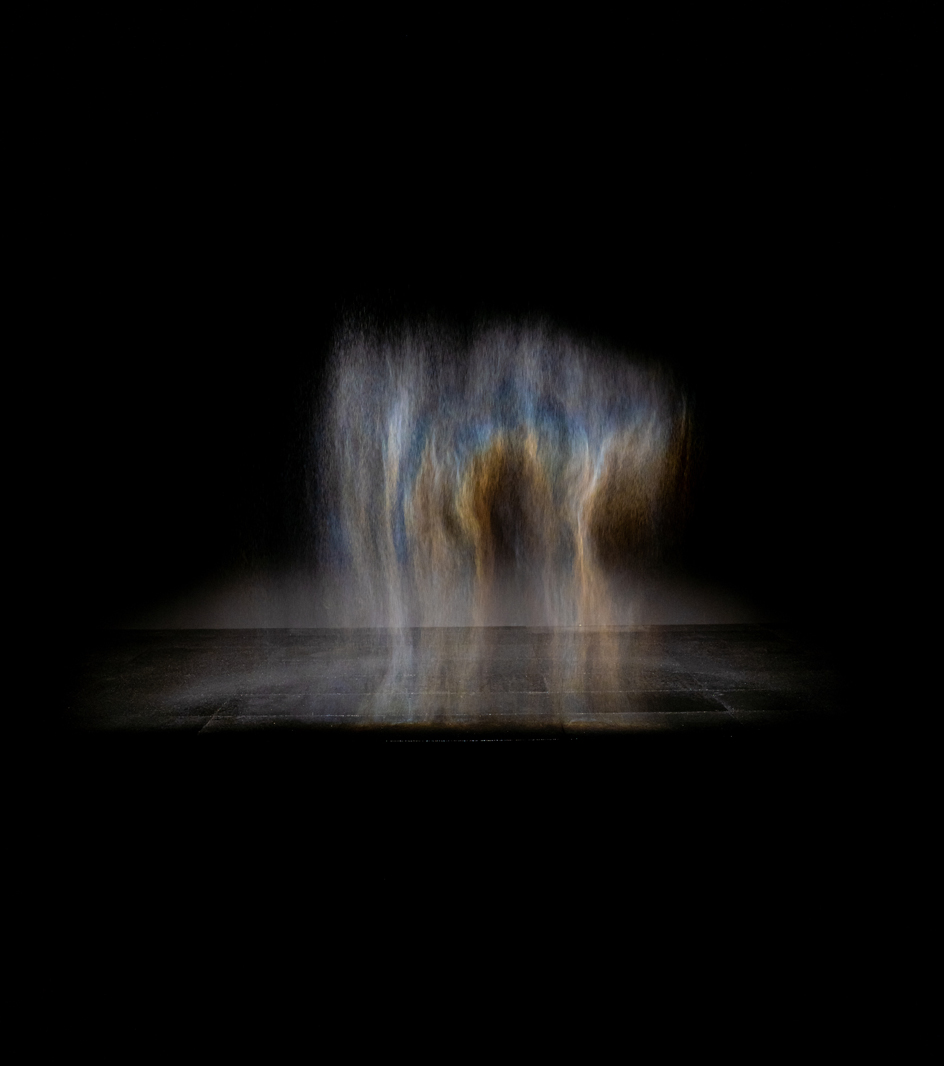
Windows reappear in a room featuring Triple window (1999), formed of three overlapping theatre spotlights projecting the form of a night-time window, here stretched and confusing the geometry. Facing it is Your timekeeping window (2022), in which the artist has embedded 24 glass spheres into a wall. We can see the palazzo window behind but it is inverted and deformed, each globe twisting the architecture in a subtly different way which dances as one walks past, an encounter which keeps shifting.
Another new work, Your view matter (2022), made in collaboration with Metapurse (a crypto fund founded by the pseudonymous collector Metakovan), is Eliasson’s first reach into virtual reality. With an ambient soundtrack created by the artist, the digital explorer can meander around various geometrical spaces, with more moiré and playful twists of colour and form. The most interesting moments are when crossing from one ‘room’ into another, and the two imagined aesthetics overlap and clash. In a future-looking way, lingering in that digital threshold seems to poetically riff on Eliasson’s studies of the glass windows, despite the two different architectures of palazzo and VR having five centuries between their constructions.
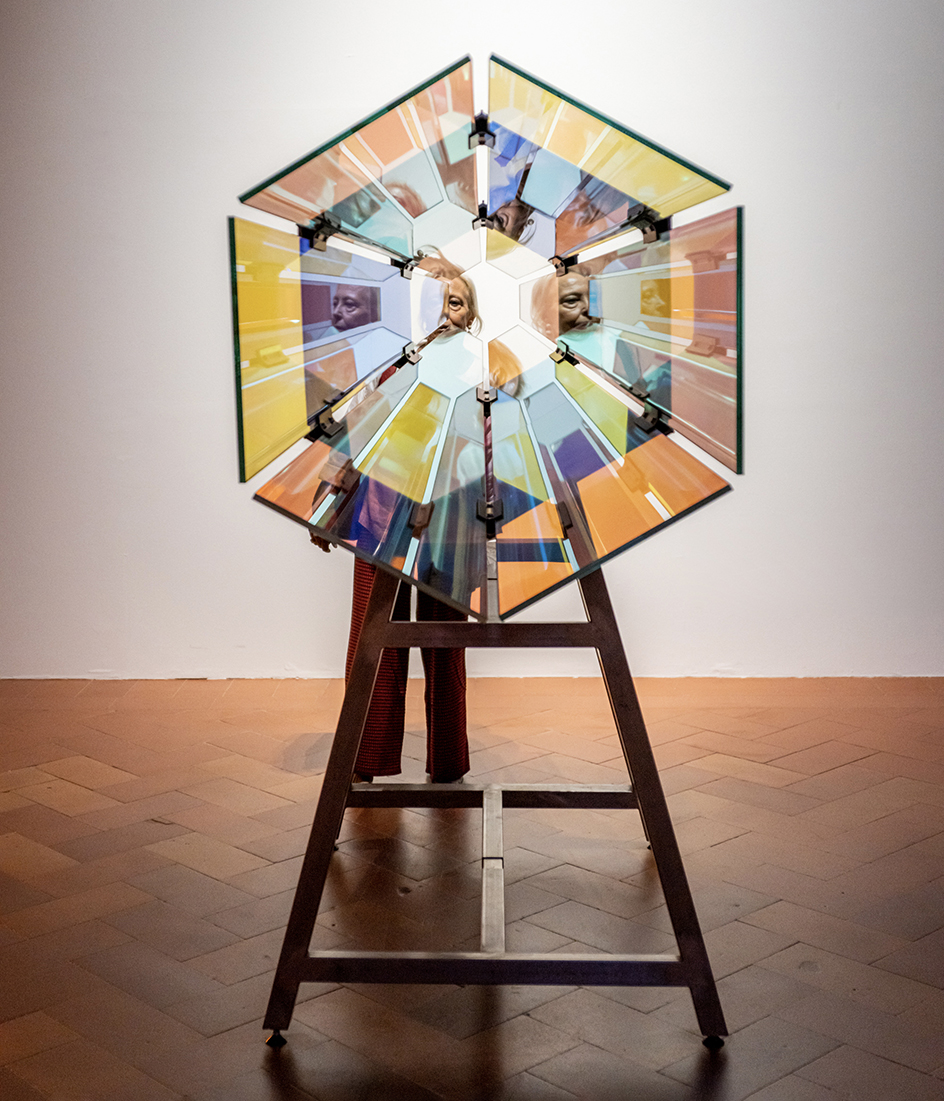
Olafur Eliasson, Colour spectrum kaleidoscope, 2003. Installation view at Palazzo Strozzi.
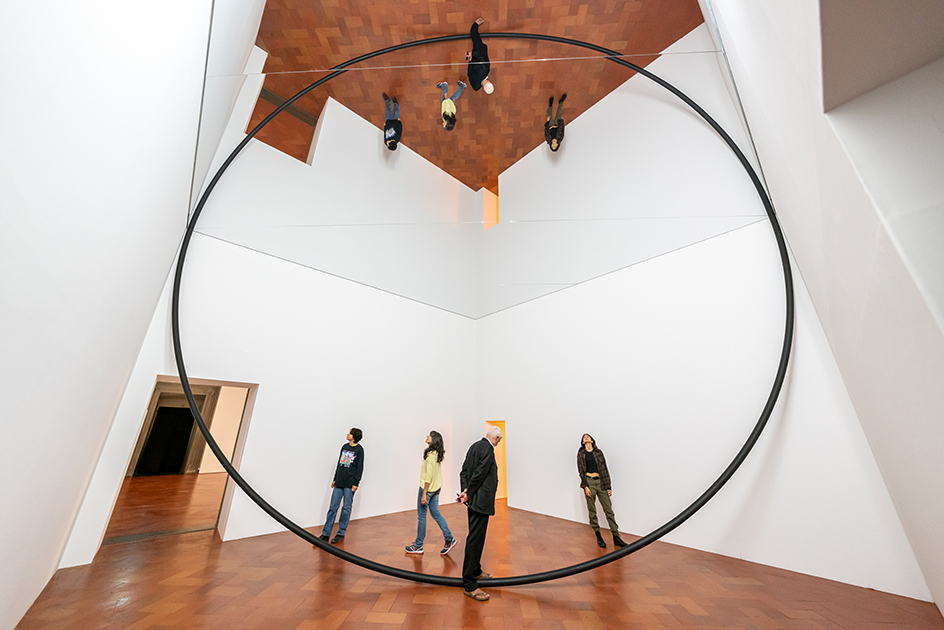
Olafur Eliasson, How do you live together?, 2019. Installation view at Palazzo Strozzi.

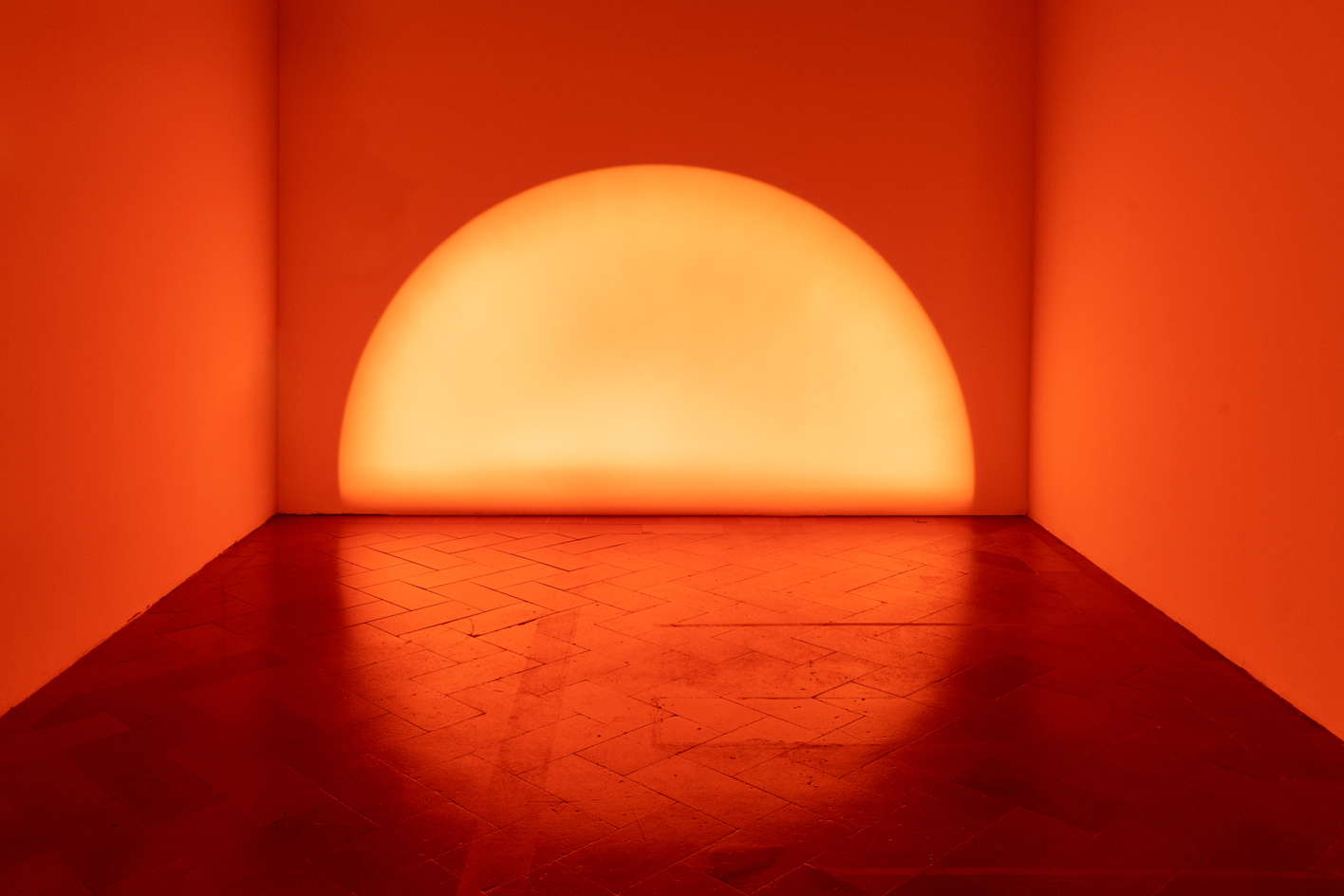
Olafur Eliasson, Red window semicircle, 2008, installation view at Palazzo Strozzi.
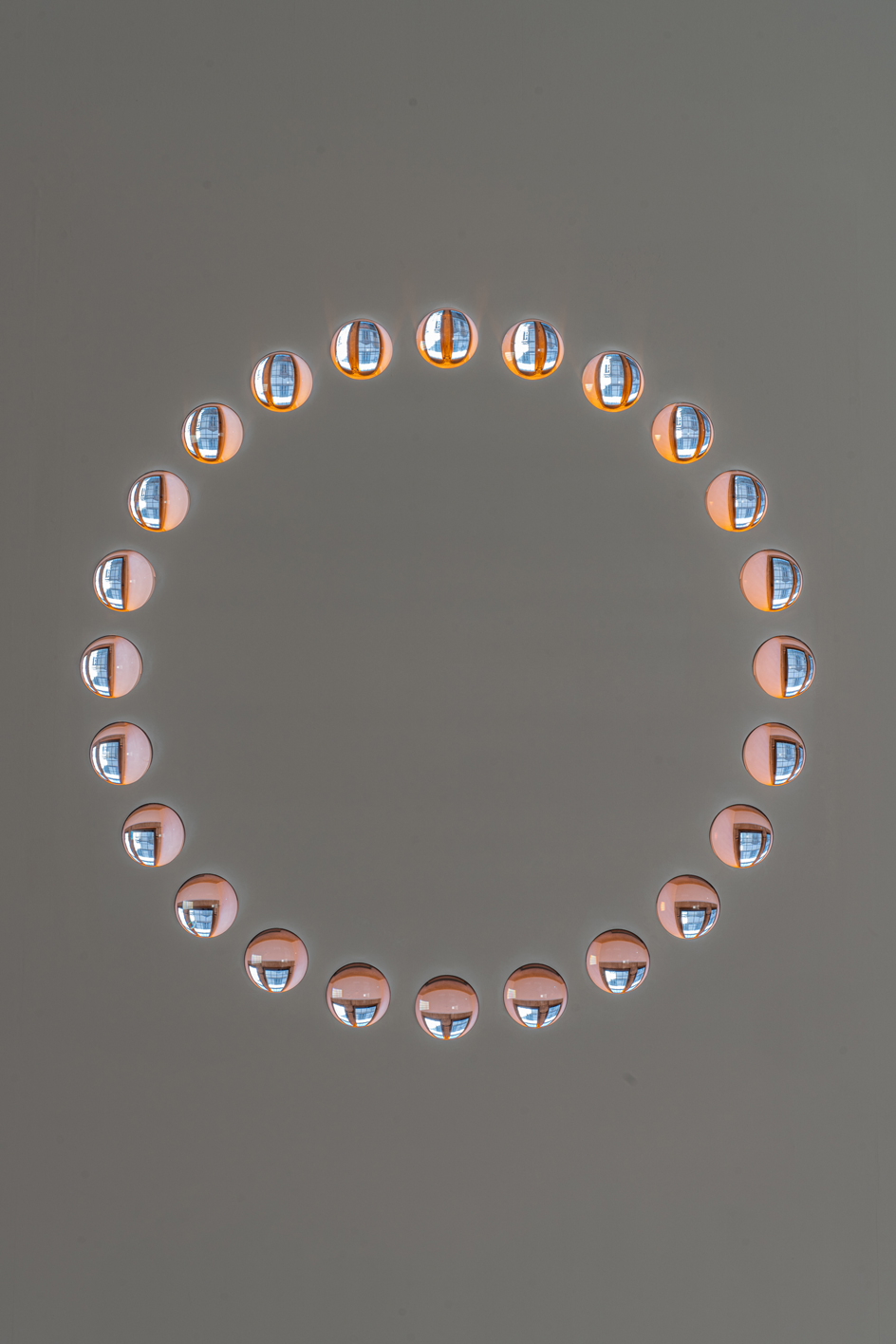
Olafur Eliasson, Your timekeeping window (2022), installation view at Palazzo Strozzi
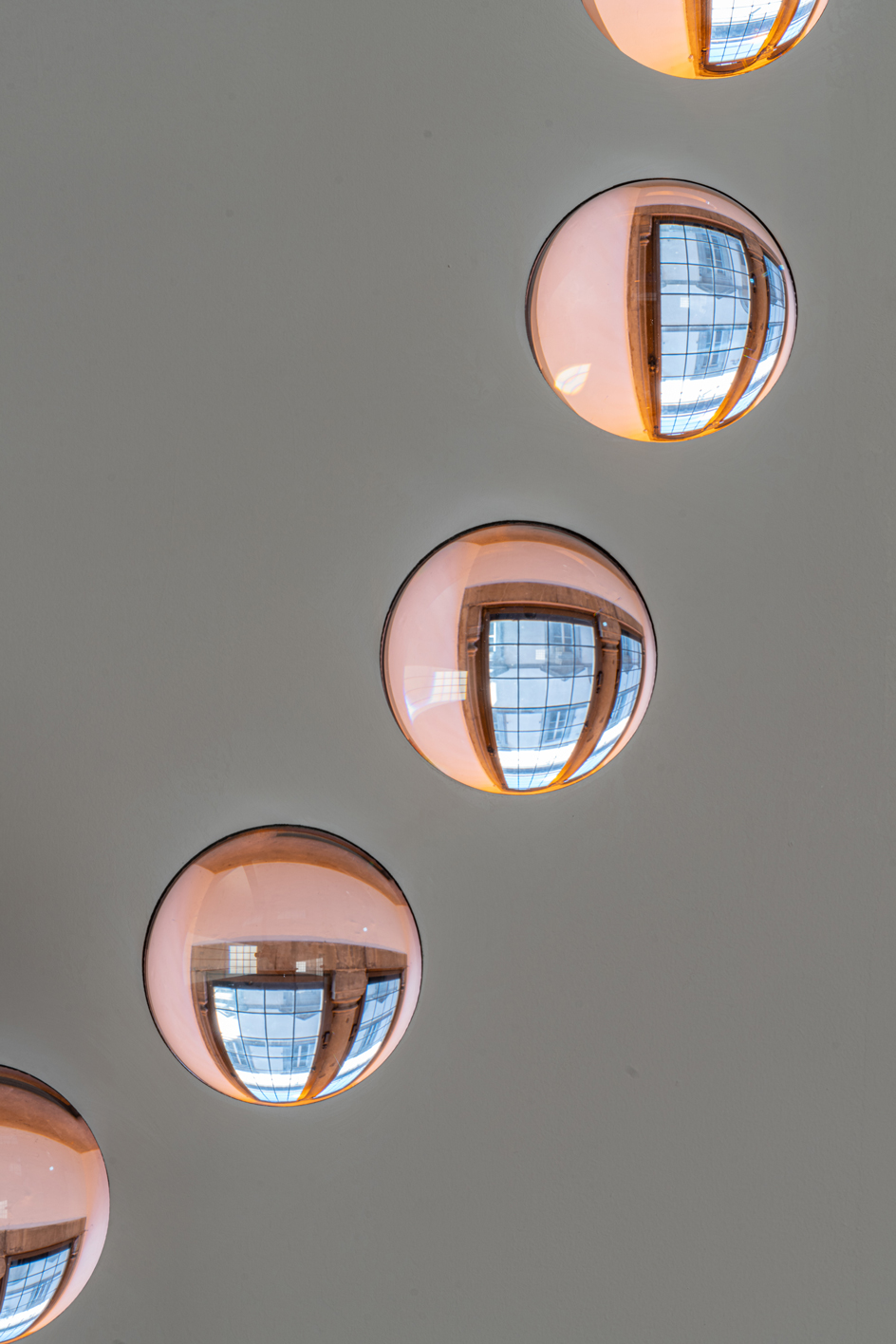
Detail of Your timekeeping window (2022), installation view at Palazzo Strozzi.
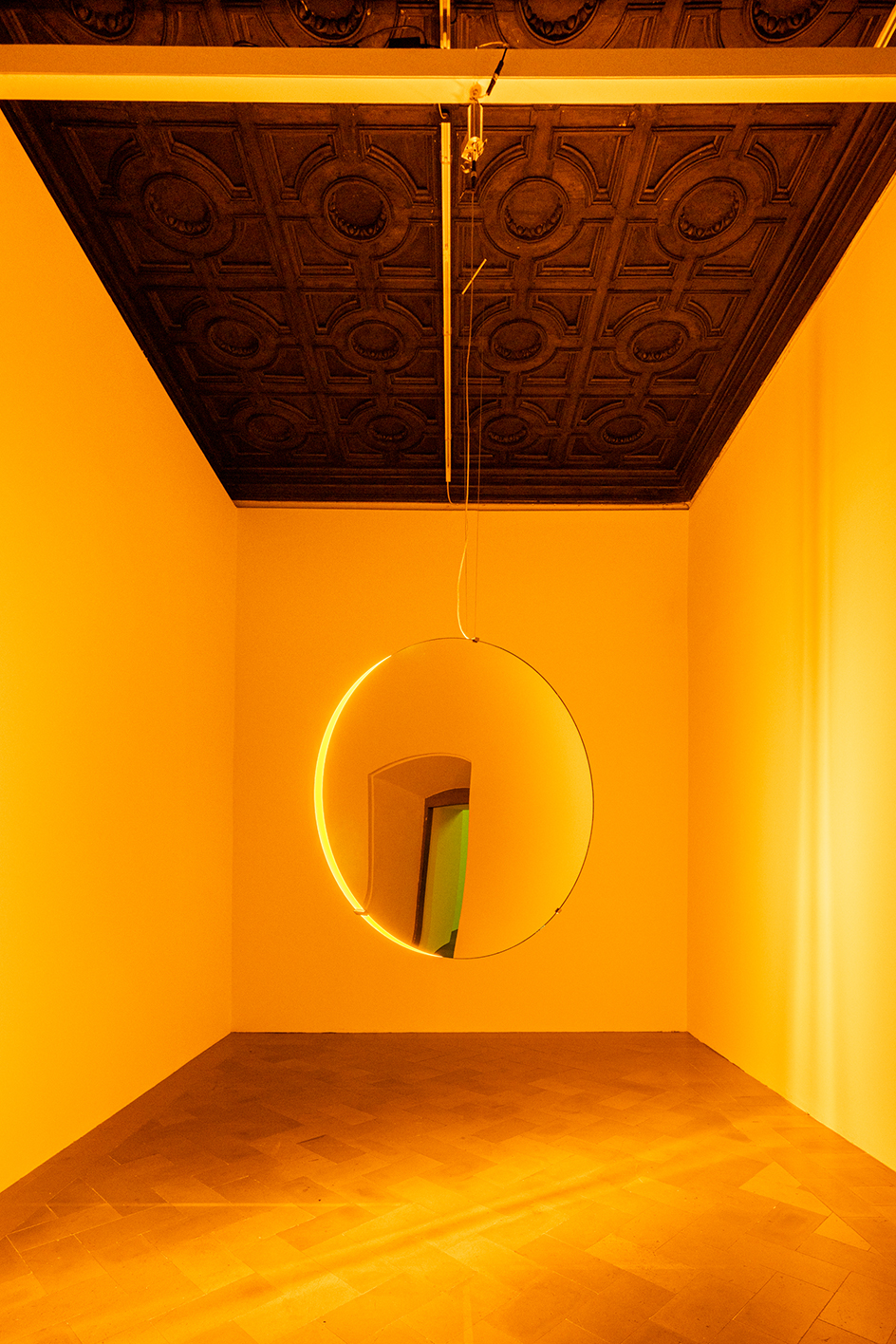
Olafur Eliasson, Solar compression, 2016, installation view at Palazzo Strozzi.
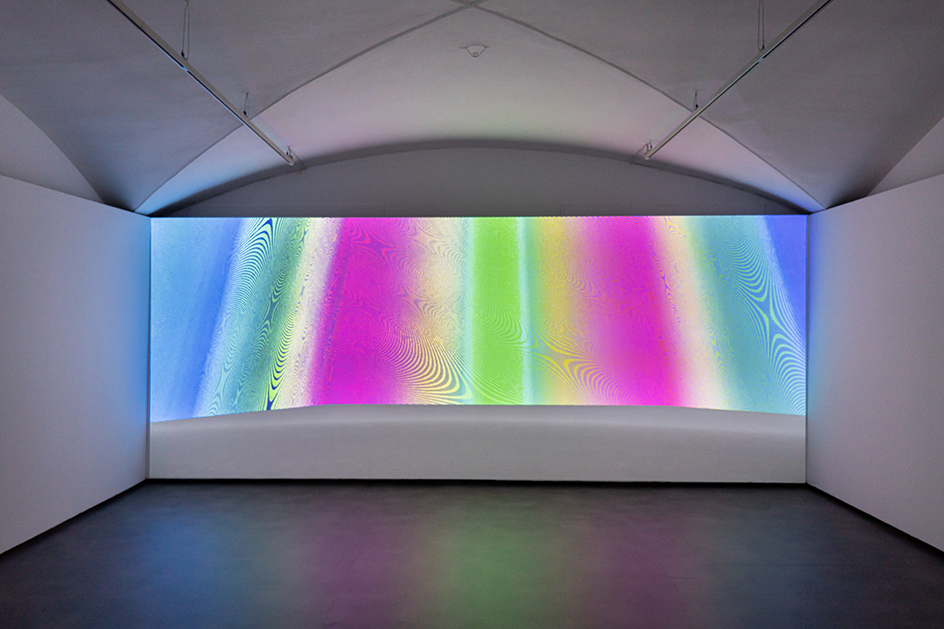
Olafur Eliasson, Your view matter (2022), installation view at Palazzo Strozzi.
INFORMATION
Olafur Eliasson: 'Nel Tuo Tempo', until 22 January 2023, Fondazione Palazzo Strozzi, Florence. palazzostrozzi.org
Will Jennings is a writer, educator and artist based in London and is a regular contributor to Wallpaper*. Will is interested in how arts and architectures intersect and is editor of online arts and architecture writing platform recessed.space and director of the charity Hypha Studios, as well as a member of the Association of International Art Critics.
-
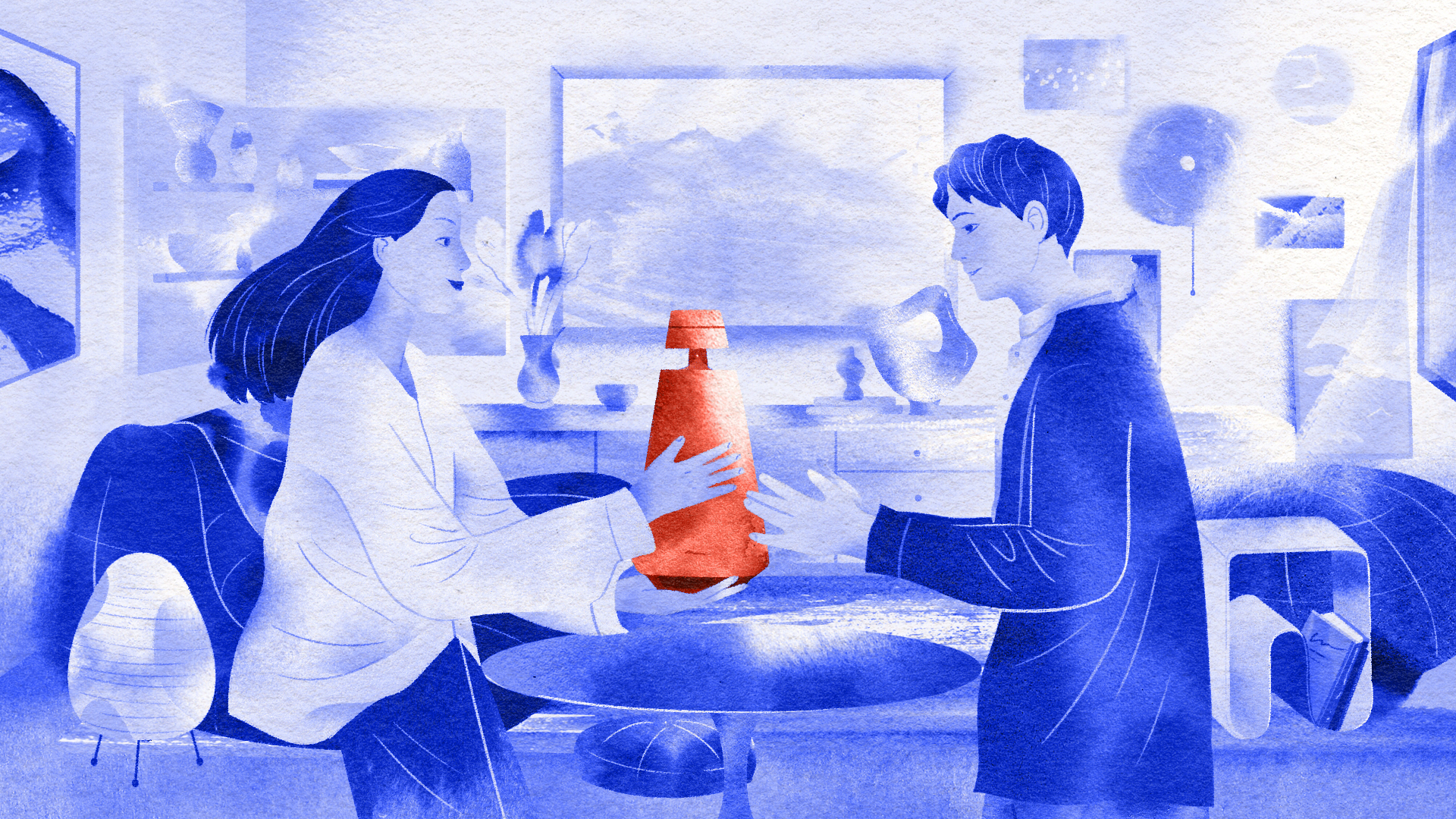 Bang & Olufsen Reloved brings expertly refurbished tech to design-loving audiophiles
Bang & Olufsen Reloved brings expertly refurbished tech to design-loving audiophilesBang & Olufsen’s new Reloved initiative expands the company’s focus on quality, circularity and sustainability
-
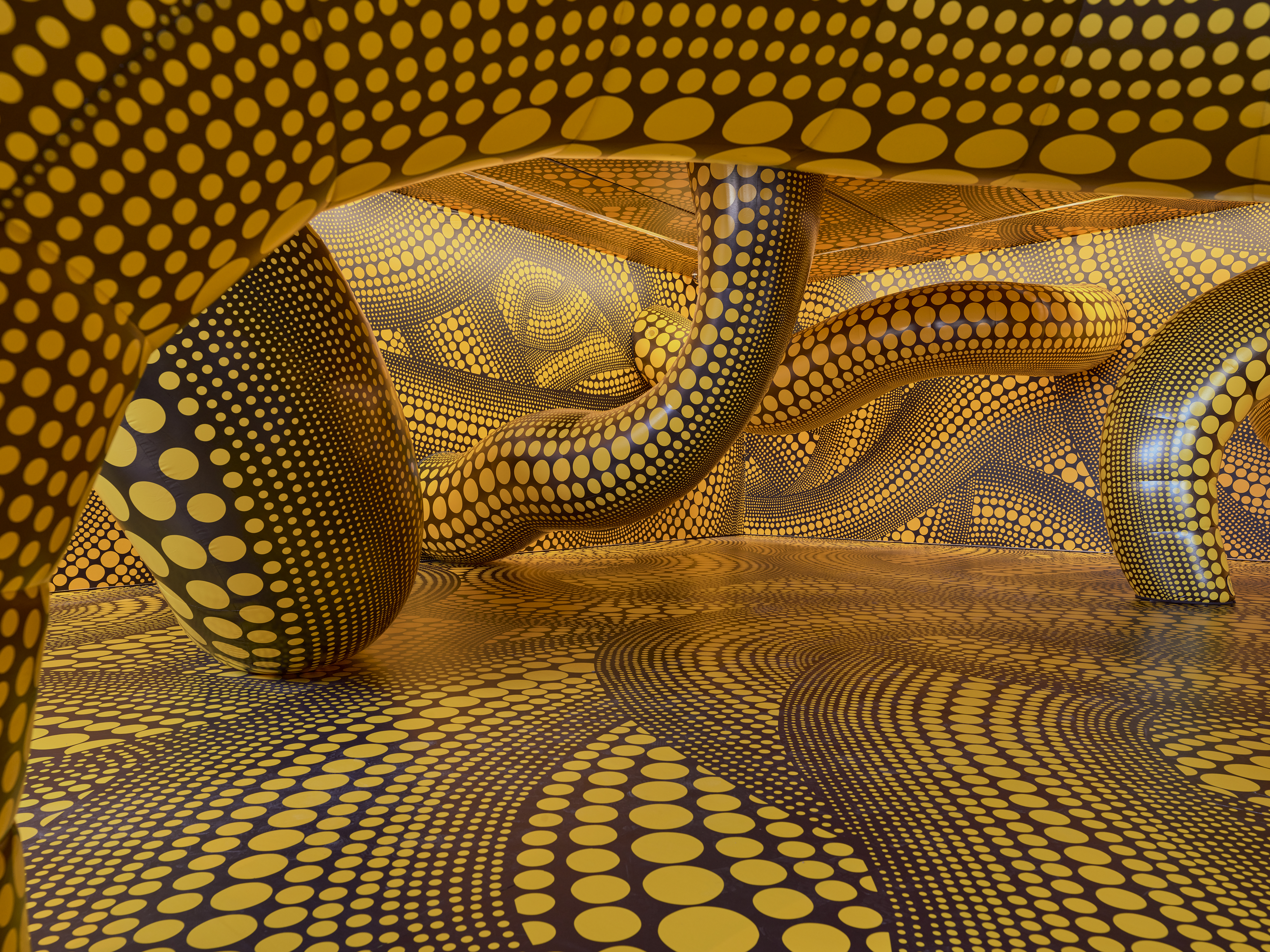 Unseen works meet immersive showstoppers as Yayoi Kusama hits Switzerland
Unseen works meet immersive showstoppers as Yayoi Kusama hits SwitzerlandAt the Fondation Beyeler in Basel, there are 300 works by Kusama to discover and it’s delightfully discombobulating
-
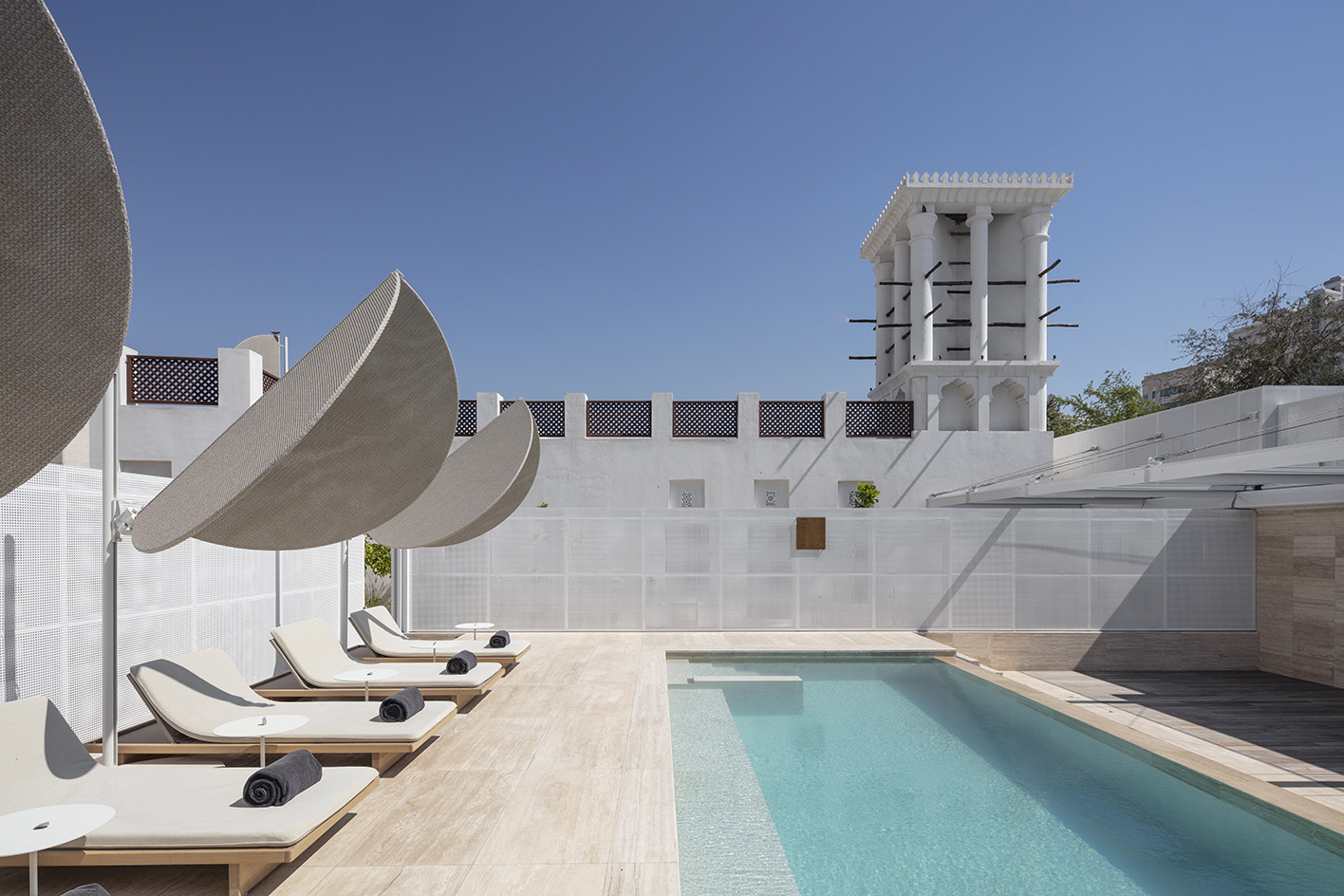 RIBA launches new awards – and for the first winners, we look to the Middle East
RIBA launches new awards – and for the first winners, we look to the Middle EastThe RIBA Middle East Award winners are announced today. The first of the organisation's two new territory awards series honours a women-only mosque, a luxury hotel, a city park and more
-
 Thrilling, demanding, grotesque and theatrical: what to see at Berlin Gallery Weekend
Thrilling, demanding, grotesque and theatrical: what to see at Berlin Gallery WeekendBerlin Gallery Weekend is back for 2025, and with over 50 galleries taking part, there's lots to see
-
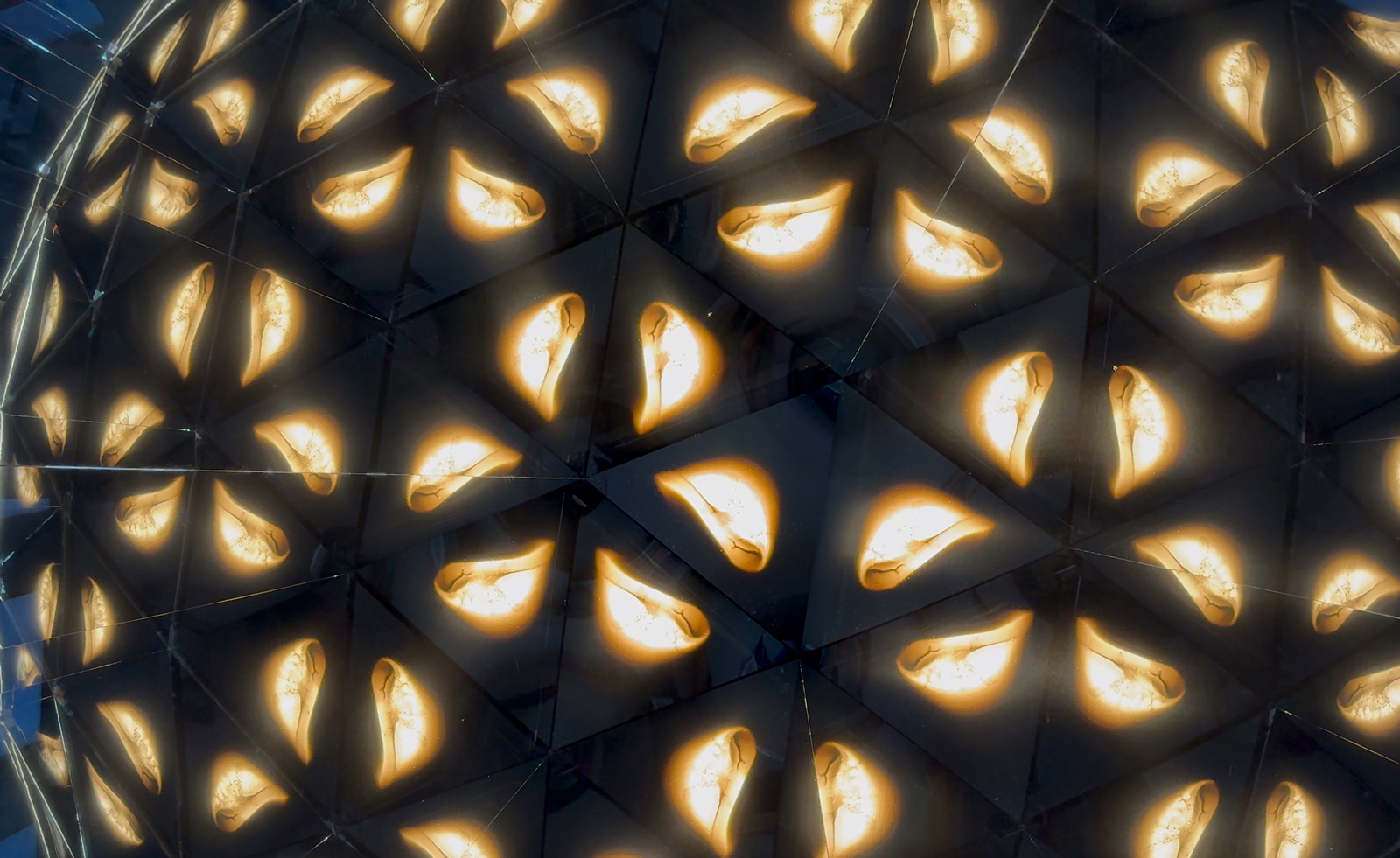 Olafur Eliasson's new light sculptures illuminate Los Angeles
Olafur Eliasson's new light sculptures illuminate Los AngelesOlafur Eliasson's new exhibition, 'Open,' at the Museum of Contemporary Art in Los Angeles, includes 11 new pieces
-
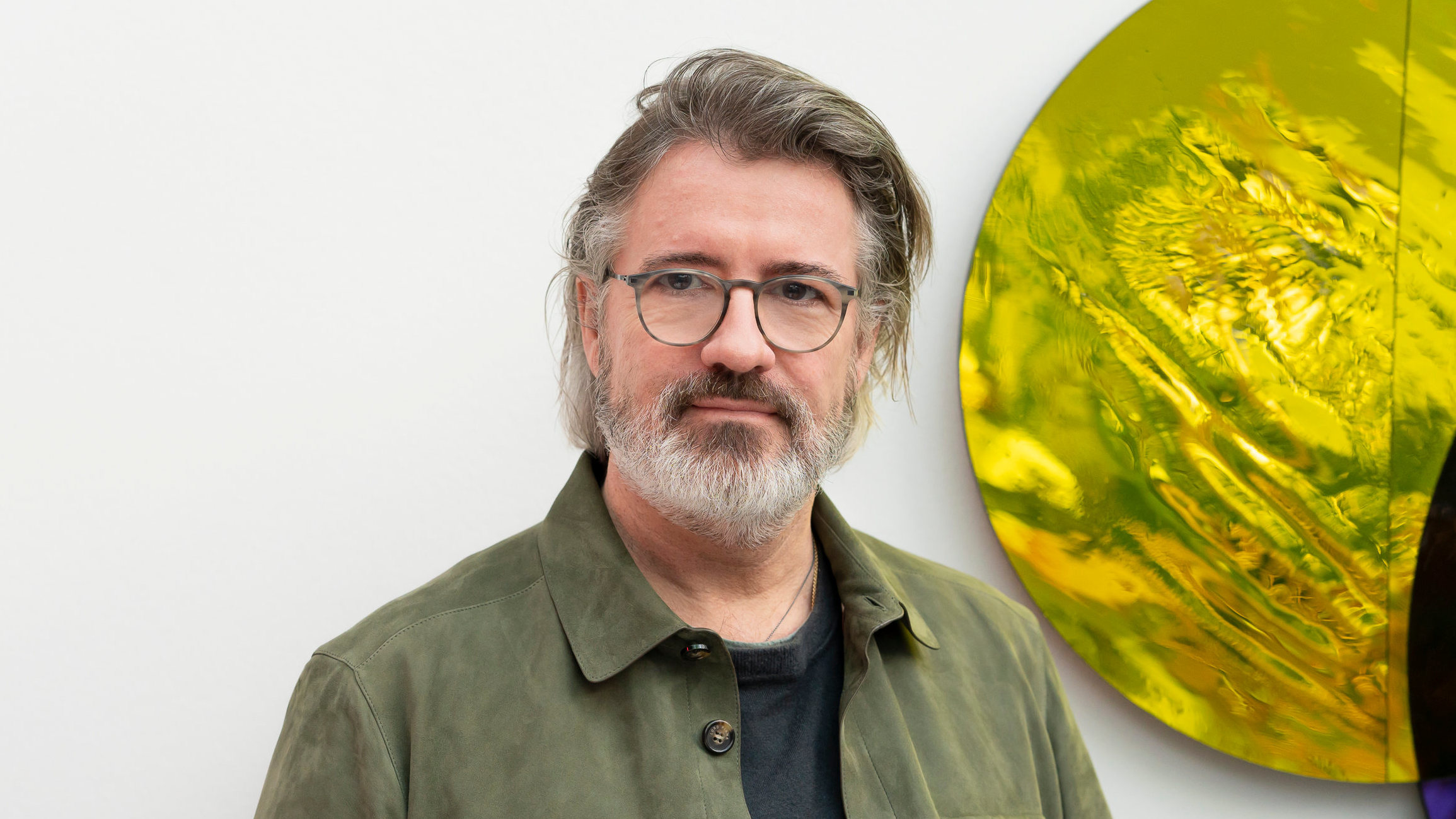 WeTransfer announces Olafur Eliasson as its new annual guest curator
WeTransfer announces Olafur Eliasson as its new annual guest curatorArtist Olafur Eliasson becomes the latest guest curator for WeTransfer’s WePresent creative portal
-
 Olafur Eliasson inaugurates Azabudai Hills Gallery in Tokyo
Olafur Eliasson inaugurates Azabudai Hills Gallery in TokyoOlafur Eliasson marks launch of Azabudai Hills Gallery, in Tokyo’s major new district, with a show of elemental strength
-
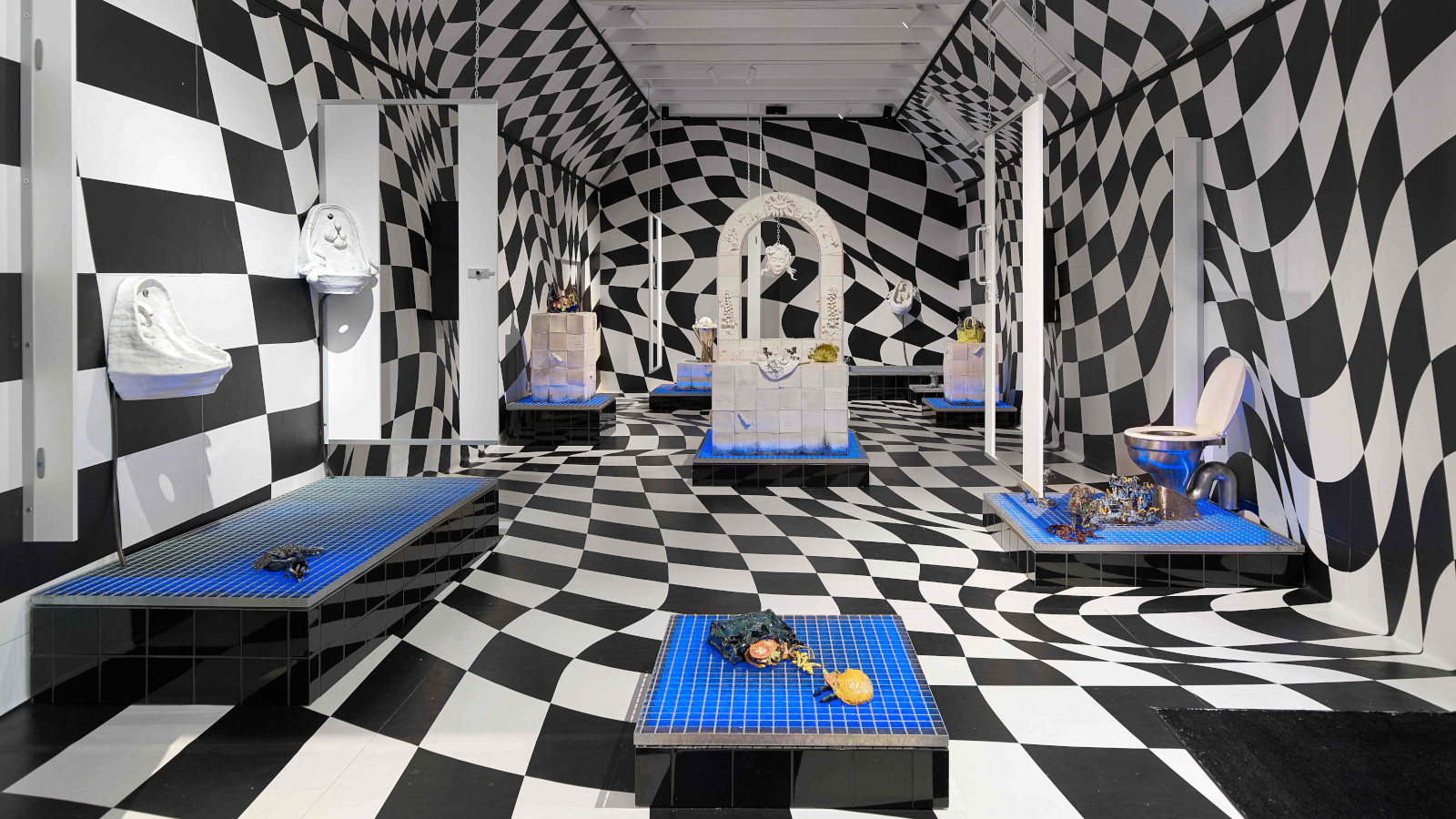 Edinburgh Art Festival 2023: from bog dancing to binge drinking
Edinburgh Art Festival 2023: from bog dancing to binge drinkingWhat to see at Edinburgh Art Festival 2023, championing women and queer artists, whether exploring Scottish bogland on film or casting hedonism in ceramic
-
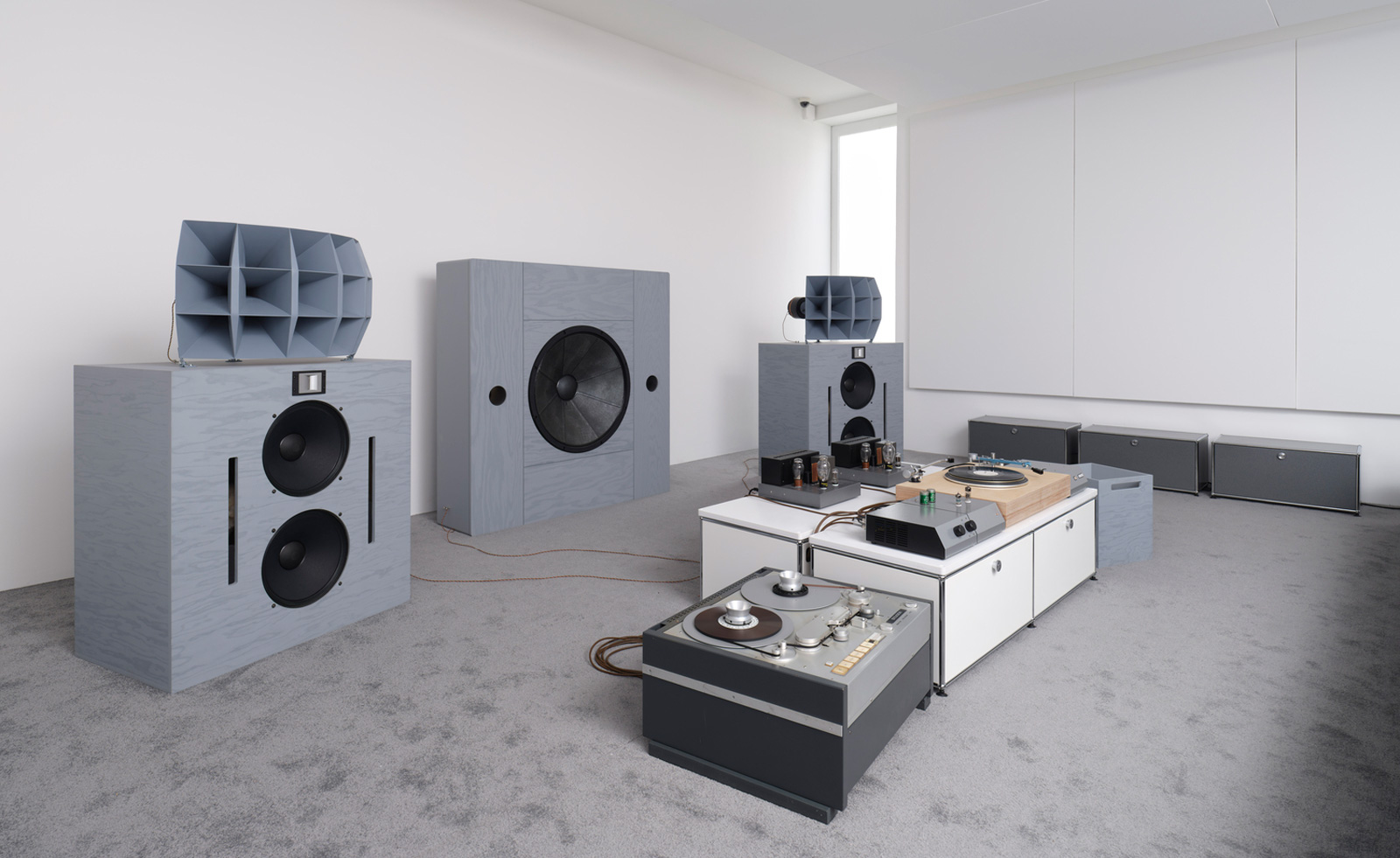 Last chance to see: Devon Turnbull’s ‘HiFi Listening Room Dream No. 1’ at Lisson Gallery, London
Last chance to see: Devon Turnbull’s ‘HiFi Listening Room Dream No. 1’ at Lisson Gallery, LondonDevon Turnbull/OJAS’ handmade sound system matches minimalist aesthetics with a profound audiophonic experience – he tells us more
-
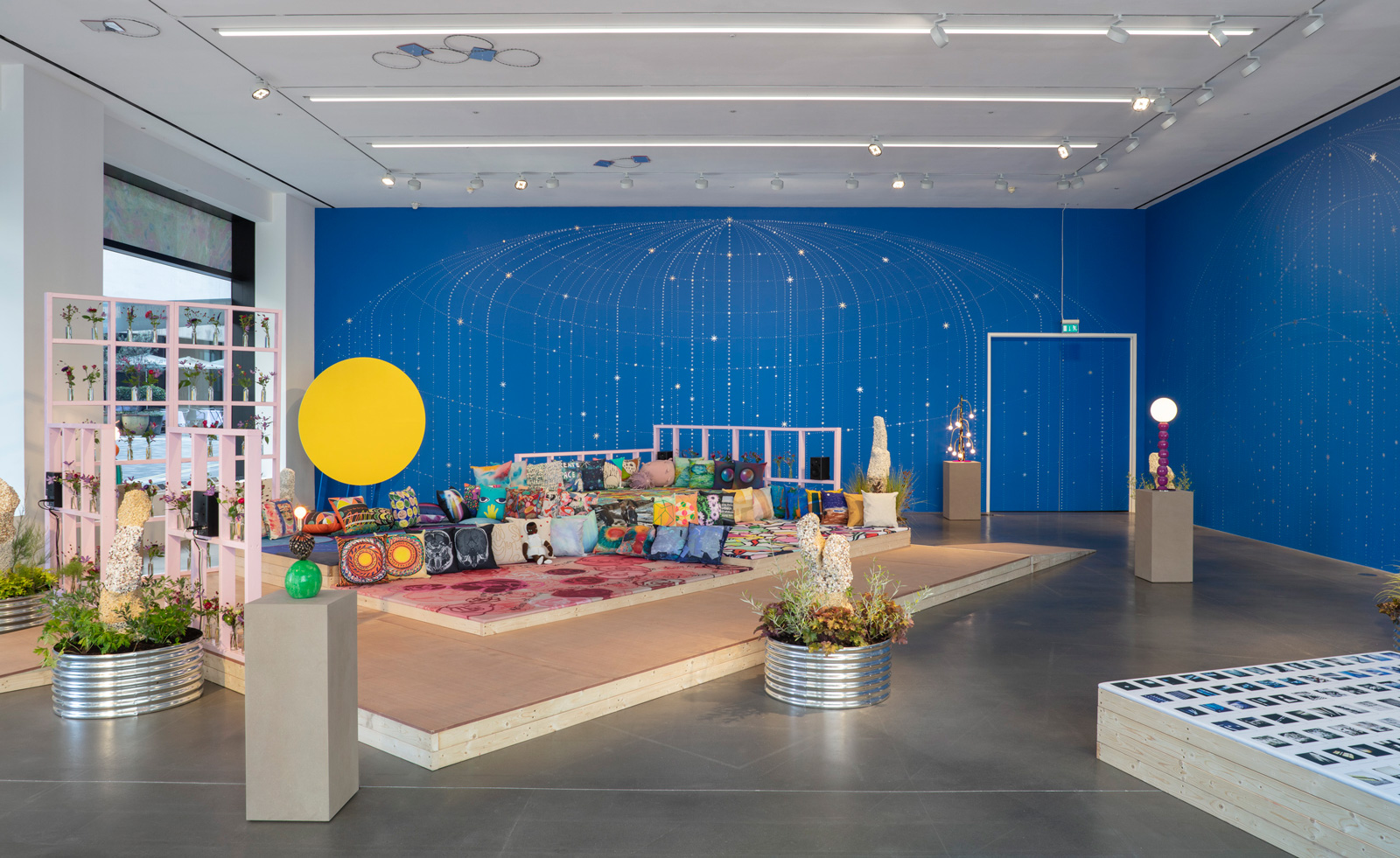 Hospital Rooms and Hauser & Wirth unite for a sensorial London exhibition and auction
Hospital Rooms and Hauser & Wirth unite for a sensorial London exhibition and auctionHospital Rooms and Hauser & Wirth are working together to raise money for arts and mental health charities
-
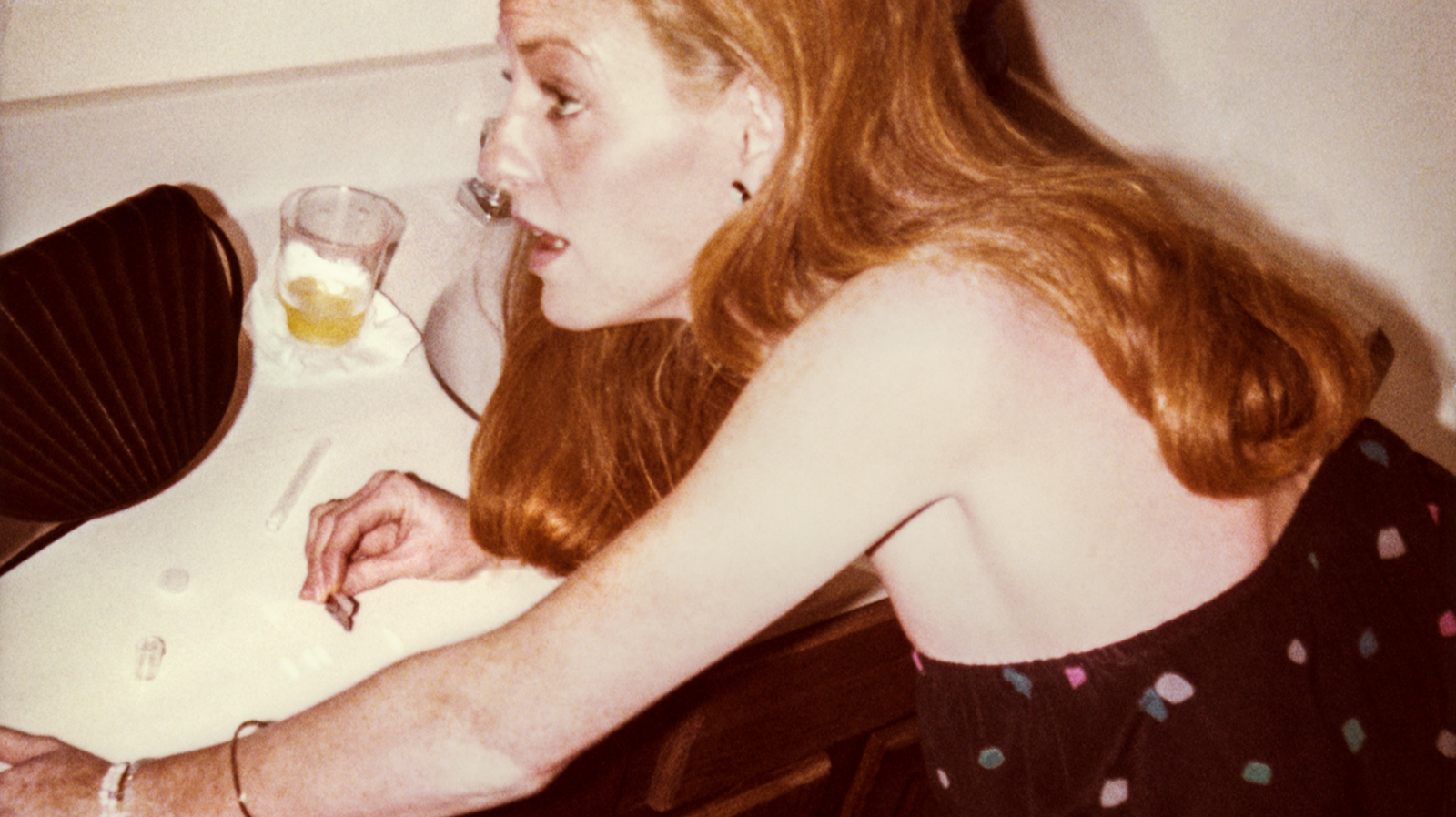 ‘These Americans’: Will Vogt documents the USA’s rich at play
‘These Americans’: Will Vogt documents the USA’s rich at playWill Vogt’s photo book ‘These Americans’ is a deep dive into a world of privilege and excess, spanning 1969 to 1996